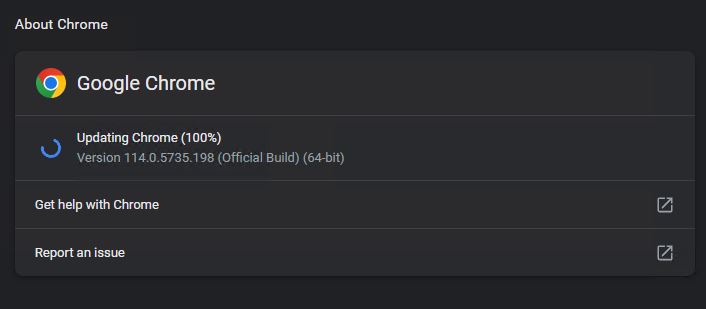I’m a big fan of PowerShell. That’s why I was excited to learn about a collection of cmdlets from the PowerShell Gallery named PSWindowsUpdate. Chief among its constituents is a cmdlet named Get-WUHistory that I’ve been finding both helpful and vexing. I say that using Get-WUHistory requires finesse because it works well on Windows 10, but hangs on PCs with longer “history trails” in Windows 11. Let me explain and illustrate what that means…
Why Using Get-WUHistory Requires Finesse
I’m only running Windows 10 on one actual PC (not counting VMs). By chance, that’s where I started working with the PSWindowsUpdate cmdlets. To begin with, you’ll need to install this collection, using this command:
Install-Module -Name PSWindowsUpdate -Force
If you haven’t visited the PowerShell Gallery before, you’ll be asked to grant various permissions so your PC (or VM) can access and use its contents. If necessary, please do so. Then, your installation will complete. After it’s done, you can use the Get-WUHistory command (among others — see a complete list of all 25 cmdlets from this package).
There’s something going on in Windows 11 that will sometimes cause Get-WUHistory to “hang.” How can you tell? The output won’t complete, you won’t get a prompt back, and the cursor keeps blinking. Indeed, it doesn’t even respond to CTRL-C to terminate the command. You must close the open PowerShell window (or tab) to regain control over Windows Terminal.
What’s the Trick to Make Things Work?
For some odd reason limiting the scope of output keeps the Get-WUHistory cmdlet working. Thus, in Windows 11 instead of simply entering Get-WUHistory at the command line, try this version instead:
Get-WUHistory -last 1000
This tells the cmdlet to limit its output to only the first 1000 entries it finds in the update history. Notice that on one of my test PCs, the actual number of entries in the update history is only 157 items, yet the command hangs anyway — except when it’s scoped. Go figure!
Unless scoped [-last 1000] Get-WUHistory hangs on Windows 11.
The lead-in graphic shows the first screen of output from a scoped version of the Get-WUHistory cmdlet. Notice that most of the updates relate to Windows Security (Windows Defender intelligence updates, antimalware platform updates, and so forth). Too much chaff, not enough wheat, IMO. Here’s a way to turn down the volume…
Reducing Get-WUHistory Output Volume
One can, of course, filter Get-WUHistory Output — in addition to limiting its scope — to reduce the output volume. Here’s a command string I found to be incredibly helpful in seeing what’s there, sans security-related stuff:
Get-WUHistory -last 1000 |
Where-Object {$_.Title -notlike "*Security*"}
What you see broken across two lines (or more) in the preceding is actually a single (if complex) PowerShell command string. Be sure to remove or ignore any internal line breaks when running this inside Windows Terminal. You’ll get back a mercifully much shorter list of items, mostly cumulative updates (CUs), MSRTs, Update Stack Packages, and the odd antimalware platform update. As you can see, this cuts 157 items down to a more manageable 12. Good stuff!
Eliminating the word security in the “Title” field filters out most of the dross. [Click image for full-sized view.]
















